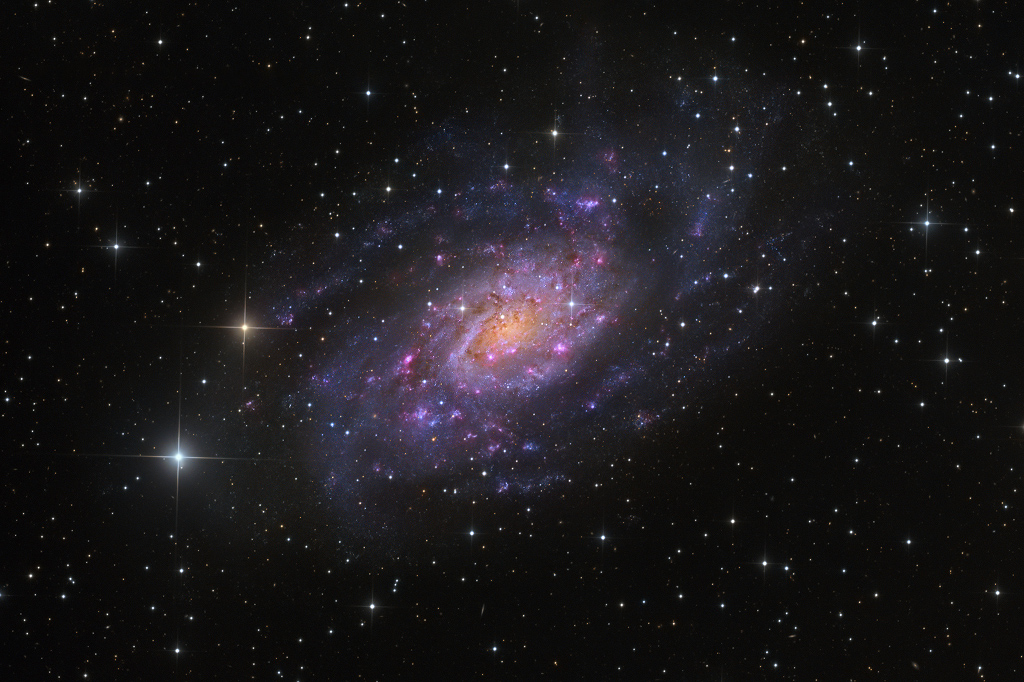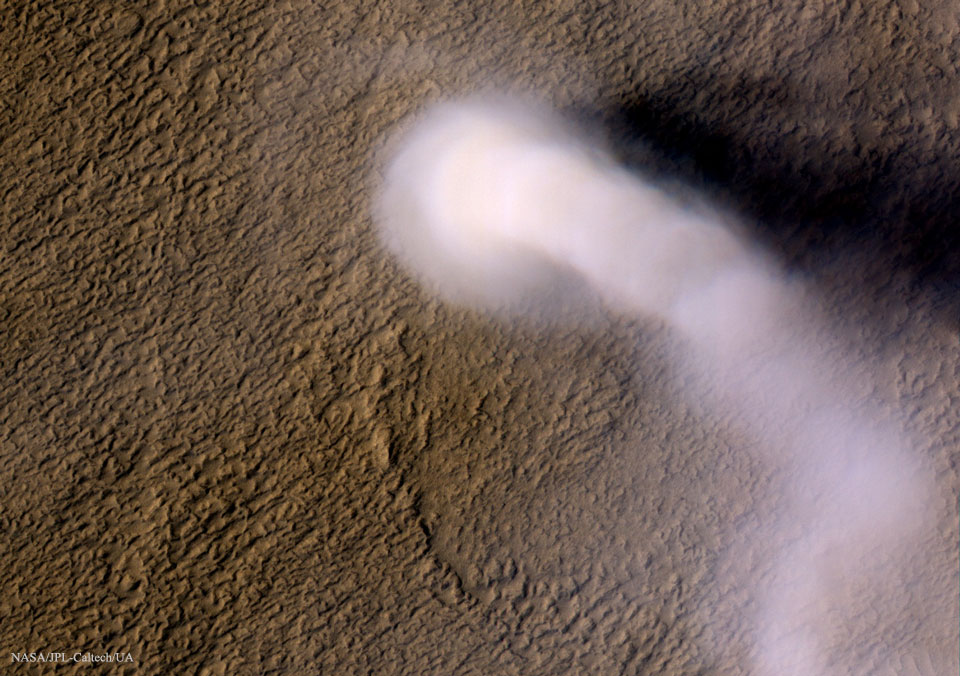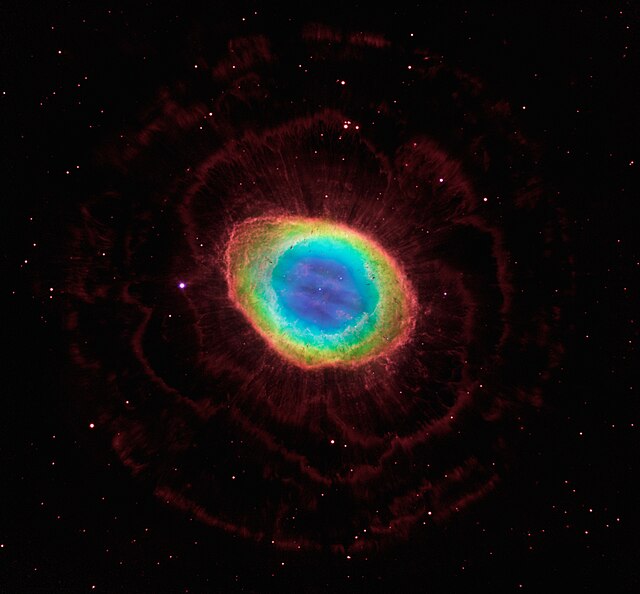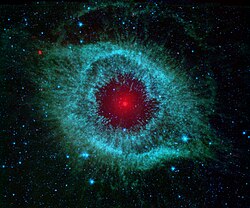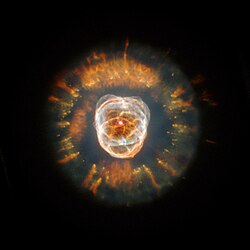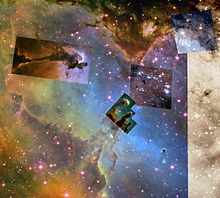Planetary Nebula Blog
CAT - EYE NEBULA
Magnitude of 8.1, Apparent Magnitude 9.8
3000 Light years away from Earth
Size: 2/10 of a light year
Ring Nebula
Maginitude of 8.8
2300 Light years away from Earth
Size: 1.3 Light years
The Egg Nebula
Magnitude of 14
3000 light years from Earth
Size: .2 Light years
Eye Shaped Planetary Nebula
Magnitude of 6.7
700 light years from Earth
.7 Light years across
Gomez Hamburger Nebula
Magnitude of 8.8
900 light years away from Earth
.3 Light years across
Butterfly Nebula
Opiuchus is in this nebula, aswell as scorpio
Considered a bipolar nebula
2100 light years away from Earth
.8 Light Years
Crab Nebula
Taurus constellation is in this nebula
Apparent Magnitude of 8.4
6500 light years from Earth
8 light years across
Eskimo Nebula
Apparent Magnitude of 10.1
2870 light years away
.34 light years in size
Eagle Nebula
M16
7000 light years away
Pillars of creation
Contain a young open cluster of stars
5.5 Million years old
.4 Light years in size

Horse Head Nebula
Monoceros Unicorn constellation
1500 light years away from Earth
Horse's head is given off from the gas and dust
.2 light years
